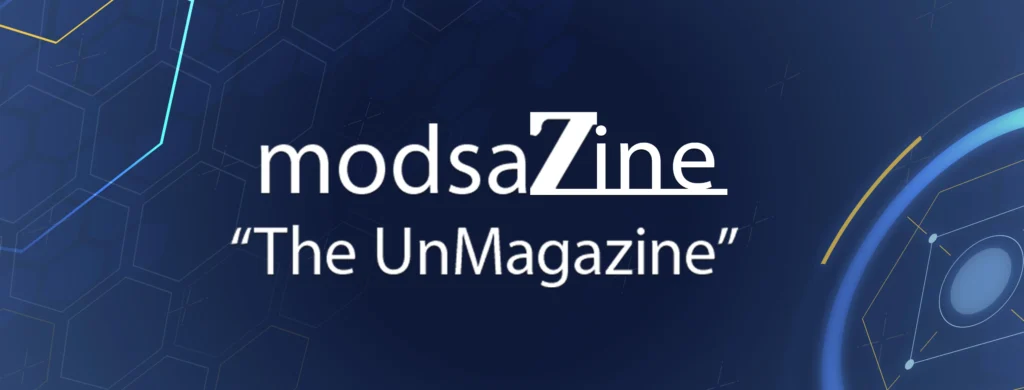Digital marketing moves fast, yet email remains one of the most effective channels for reaching customers. However, many marketers overlook a crucial element of their emails: the footer. The email footer, often seen as a mundane afterthought, plays a vital role in compliance, branding, and engagement.
This article will explore the anatomy of a perfect email footer, highlighting how marketers can optimize it for legal compliance, enhance their brand presence, and drive secondary CTAs while ensuring easy implementation across campaigns.
Why Email Footers Matter
Email footers serve multiple purposes that go beyond mere aesthetics. Here’s why they are critical for your email marketing strategy:
- Legal Compliance: Within the anatomy of an email, the footer is critical, especially for adhering to regulations. Regulations like CAN-SPAM and GDPR require specific information to be included in commercial emails.
- Branding: The footer is a great place to reinforce your brand identity, using your brand colors, logo, and messaging.
- Engagement: A well-structured footer can encourage further interaction from recipients, guiding them toward secondary interactions with your brand.
- User Experience: A precise footer can enhance the overall user experience, making it easy for recipients to find important information quickly.
Components of an Effective Email Footer
To create an email footer that effectively serves its multiple purposes, it should include the following key components:
1. Contact Information
Providing clear contact information is a best practice and a requirement for compliance with regulations. Include:
- Business Name: Clearly state your company’s name as it appears on official documents.
- Physical Address: Include a physical address for your business. This legal requirement under the CAN-SPAM Act ensures recipients can identify the sender.
- Email Address: Provide an email address for customer support or inquiries to encourage engagement.
2. Unsubscribe Link
You must include an unsubscribe link to align with compliance, so why not add it to your email footer? To avoid frustration, ensure that the link is easy to find and clearly labeled (e.g., “Unsubscribe” or “Manage Preferences”). Also, after clicking the unsubscribe link, direct users to a confirmation page or send a confirmation email to ensure they are aware their request has been processed.
3. Privacy Policy Link
Linking to your privacy policy demonstrates transparency and builds trust with your audience. Your privacy policy should outline how you collect, use, and protect customer data. Consider the following:
- Make the privacy policy link prominent and easy to find in the footer.
- Ensure your privacy policy is written in clear, easily understandable language to your audience.
4. Social Media Links
Integrating social media icons into your footer can encourage engagement across platforms. Keep these tips in mind:
- Use the designated icons for each social media platform to ensure users can quickly identify them.
- Ensure each icon links directly to the appropriate social media profile. This will encourage recipients to connect with you on other platforms.
- To entice recipients to engage further, you may include a short call to action such as “Follow us for more updates.”
5. Secondary Calls-to-Action
While the primary focus of your email may be a specific offer or message, the footer is an excellent place to include secondary CTAs. Consider:
- Important Links: Include links to your most popular or latest blog posts, resources, or special promotions. Just make sure these links complement your email content.
- Newsletter Signup: Encourage recipients to sign up for your newsletter if they aren’t already subscribed, emphasizing the value they will receive.
- Event Promotions: If applicable, promote upcoming events or webinars with a simple link that provides more information.
6. Branding Elements
Your email footer should be consistent with your branding. To achieve this:
- Include your company logo.
- Use your brand colors and fonts to ensure they align with your email design.
- Consider adding a tagline or slogan related to your brand’s mission or value proposition.

Build custom-branded emails effortlessly.
7. Accessibility Considerations
Ensuring your email footer is accessible to all recipients is essential. Here are some ways to improve accessibility:
- Text Size: Use an easily readable font size and style. Avoid loud fonts that may be difficult to read.
- Contrast: Ensure sufficient contrast between the footer text and background color for readability.
- Alt Text: If using images, include descriptive alt text to provide context for screen reader users.
Implementing the Perfect Footer Across Campaigns
Once you’ve designed the perfect email footer, implementing it across your campaigns should be seamless. Here are some tips to ensure consistency:
- Create a standardized email template that includes your optimized footer. This will streamline the design process for future emails.
- Most email marketing platforms, like Benchmark Email, offer customizable templates. This feature allows you to maintain a consistent look across all your emails.
- Before sending your emails, test how your footer appears on various devices and email clients to ensure it displays correctly.
- Review and update your footer to ensure it remains compliant with evolving regulations and reflects any changes in your branding or contact information.
The email footer is often underestimated in email marketing, but it plays a critical role in ensuring compliance, reinforcing your brand, and boosting engagement. By thoughtfully crafting its elements and following best practices, you can create a footer that leaves an impression and connects with your audience.



